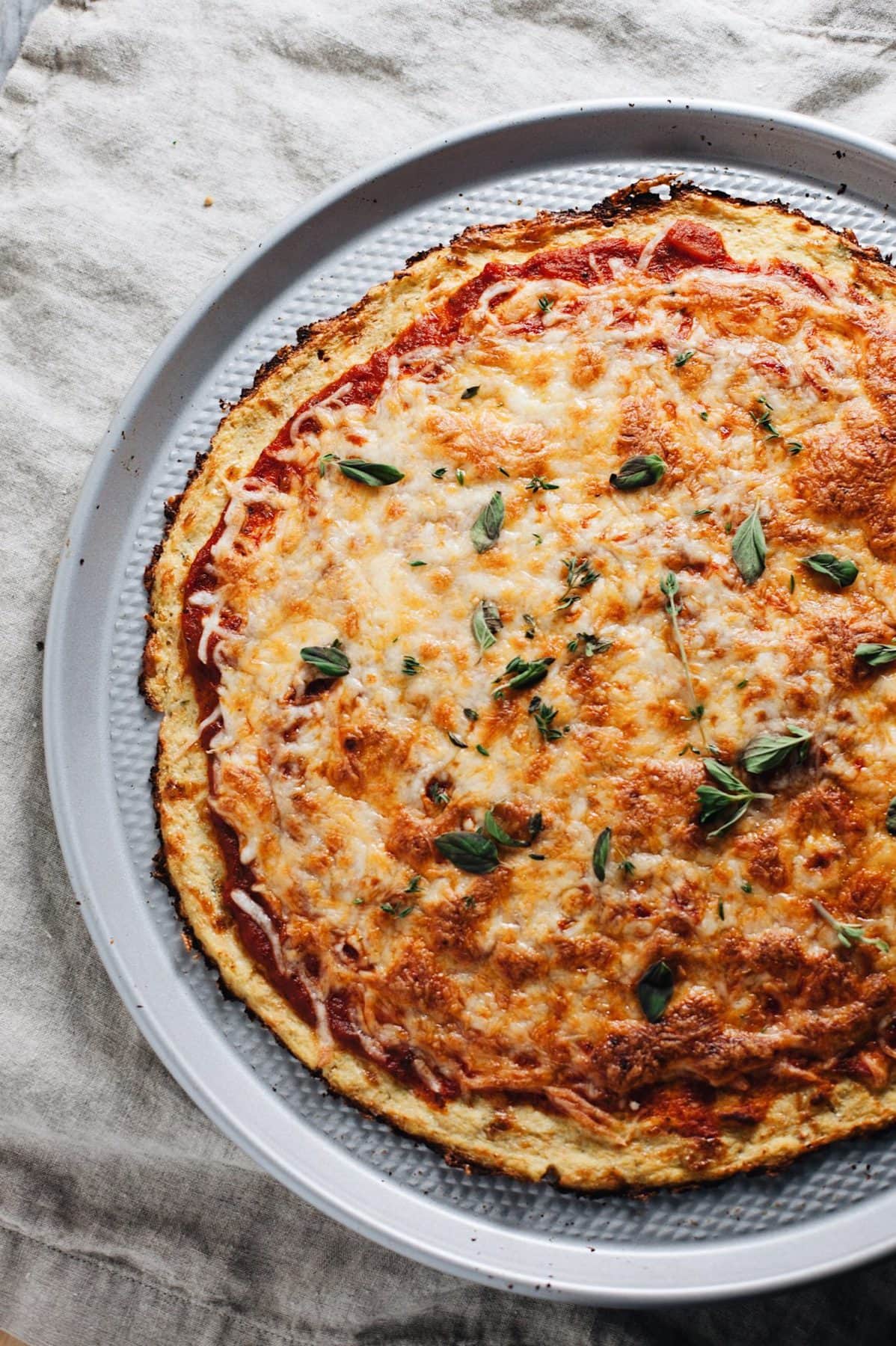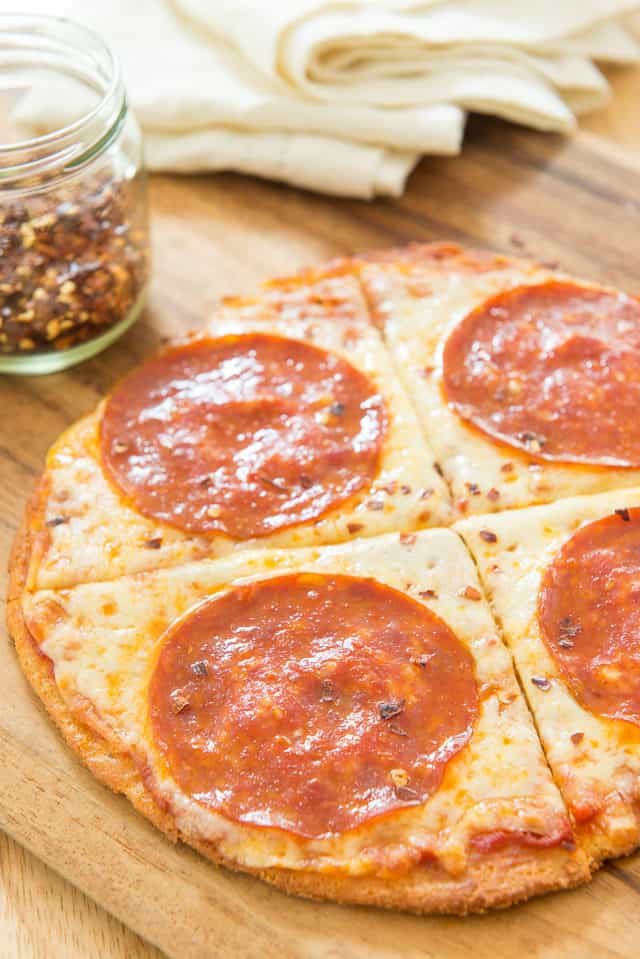Low carb vegetables make it easier for you to eat healthy without giving up flavor or variety.
They fit into almost any meal and can help you keep your energy up throughout the day.
The challenge is knowing which ones are actually low in carbs.
Some vegetables seem healthy but are packed with hidden sugars that can work against your goals.
That’s where this guide comes in.
You’ll find expert-picked options that are both satisfying and easy to use in everyday meals.
Adding more low carb vegetables to your plate doesn’t take extra time or effort.
1. Spinach
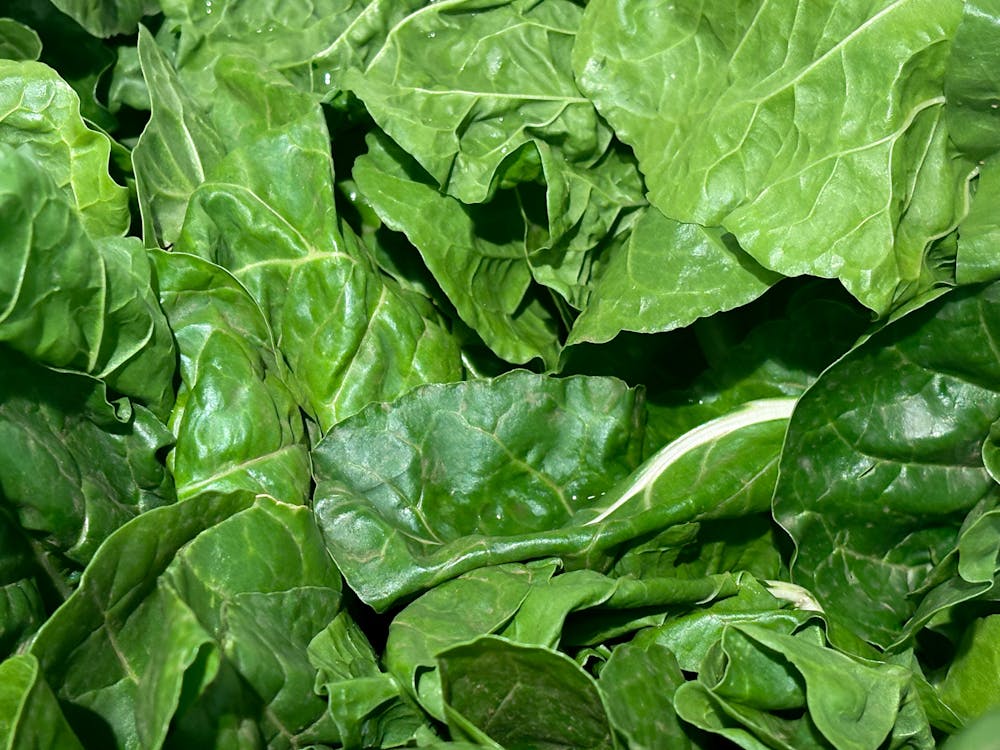
Spinach tops the list as one of the most versatile low-carb vegetables.
Packed with nutrients like vitamin K, iron, and calcium, it contains just 1 gram of net carbs per cup.
You can use it in salads, sauté it with garlic, or add it to omelets and smoothies.
2. Zucchini

Zucchini is another low-carb favorite with only 2 grams of net carbs per cup. It works wonders as a substitute for pasta when spiralized into zoodles.
You can also roast, grill, or stuff zucchini for a delicious side dish.
3. Cauliflower

Cauliflower has earned its place in many kitchens as a versatile low-carb substitute.
With 3 grams of net carbs per cup, it can replace rice, potatoes, and even pizza crust.
Roast it, mash it, or use it as a base for creamy soups.
4. Bell Peppers
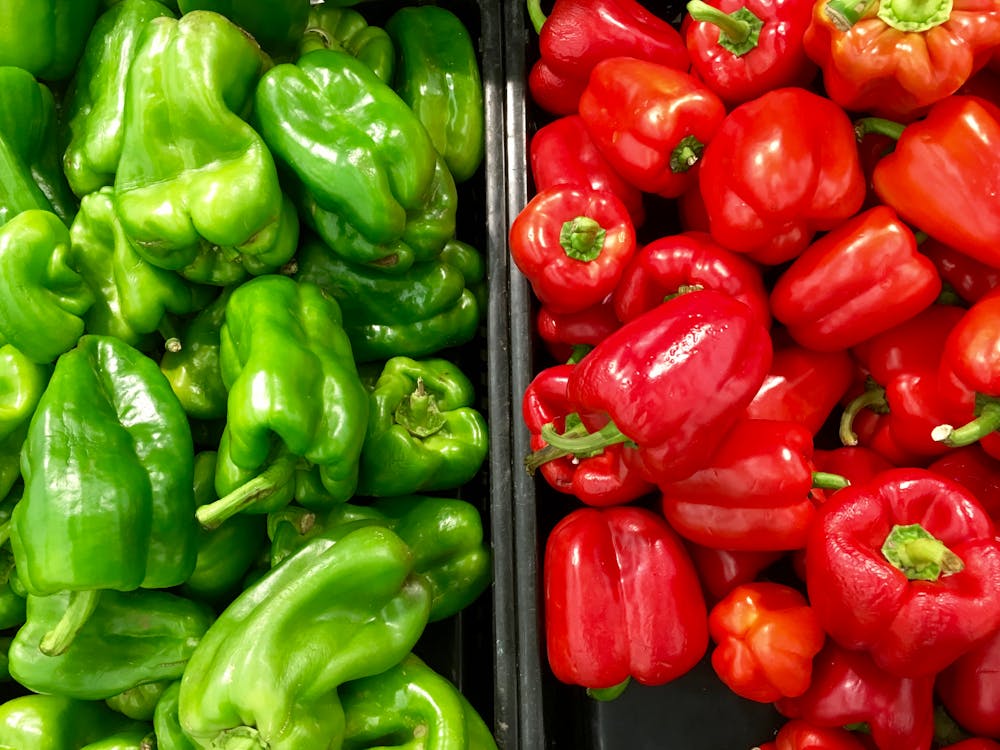
Bell peppers are colorful, crunchy, and low in carbs. A medium-sized pepper has around 4 grams of net carbs.
Use them raw in salads, stuffed with ground meat, or roasted to add a touch of sweetness to your meals.
5. Broccoli

Broccoli is a nutrient powerhouse with just 4 grams of net carbs per cup. It’s loaded with fiber, vitamin C, and antioxidants.
Steam it, roast it, or toss it into stir-fries for a healthy addition to your plate.
6. Cucumber

Cucumbers are refreshing and hydrating, with only 2 grams of net carbs per cup.
You can slice them up for salads, use them as a base for dips, or snack on them plain.
They’re perfect for warm days or quick munching.
7. Asparagus
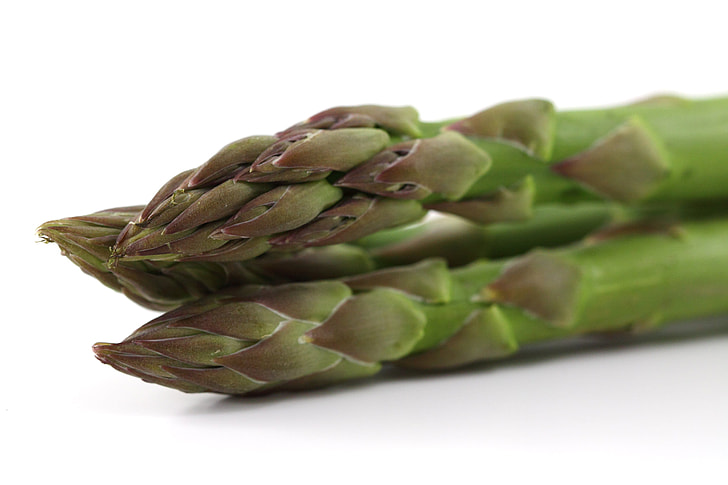
Asparagus brings elegance to any meal and contains just 2 grams of net carbs per half-cup.
Grill or roast it with olive oil and a pinch of salt for a simple, satisfying side dish.
You can also pair it with eggs for a fancy breakfast.
8. Mushrooms
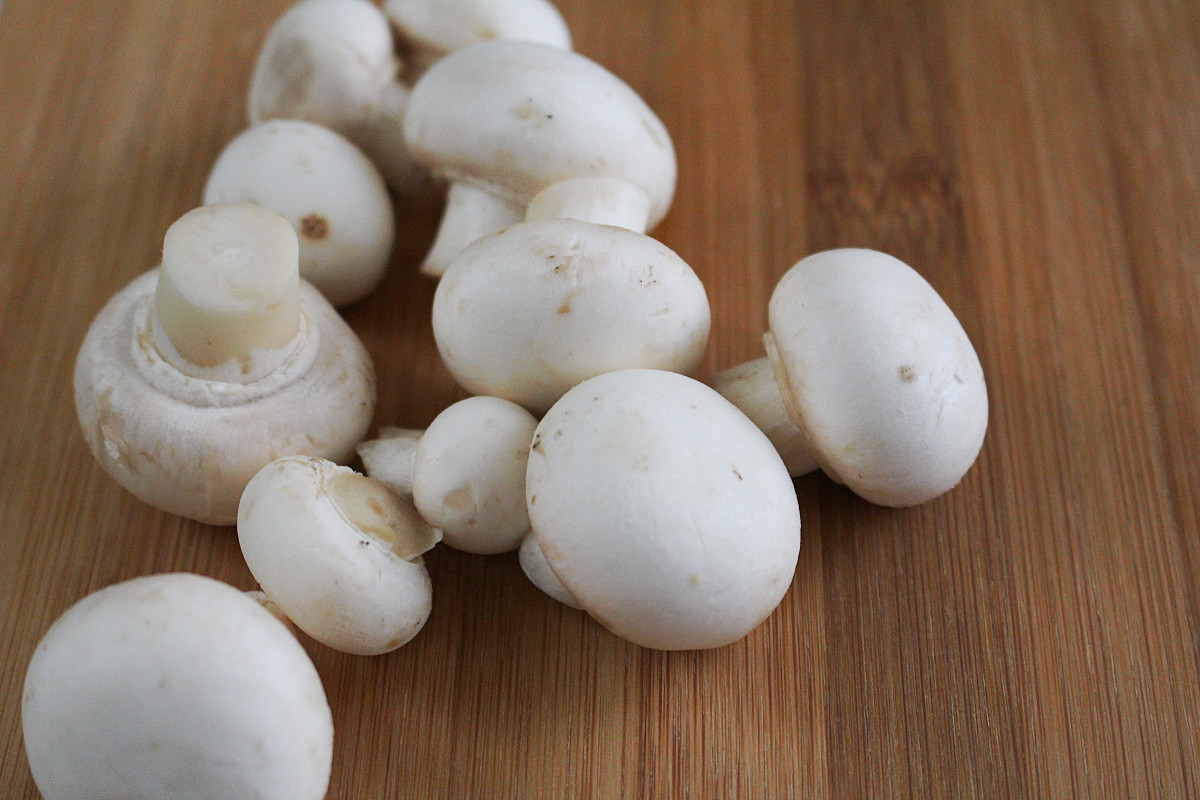
Mushrooms are a low-carb dream, with only 2 grams of net carbs per cup.
They’re rich in flavor and make an excellent meat substitute in vegetarian dishes.
Sauté them, toss them into soups, or stuff them with cheese for a savory snack.
9. Kale

Kale, with 3 grams of net carbs per cup, is another nutrient-packed vegetable.
This leafy green is rich in vitamins A, C, and K. Use it in salads, bake it into chips, or add it to soups for extra texture and flavor.
10. Green Beans

Green beans, with 4 grams of net carbs per cup, are a classic vegetable option. Their crisp texture and mild flavor make them a crowd-pleaser.
You can steam them, sauté them with almonds, or add them to casseroles for a comforting touch.
Tips for Low-Carb Veggie Success
- Keep it fresh: Fresh vegetables retain their flavor and nutrients better than processed ones.
- Mix and match: Combine different vegetables to create vibrant and balanced meals.
- Experiment with cooking methods: Roasting, grilling, and sautéing bring out natural flavors without adding carbs.
- Plan your meals: Having a variety of low-carb vegetables on hand helps you stay on track.
FAQ: Low Carb Vegetables
What are the best low carb vegetables for weight loss?
Spinach, zucchini, and cauliflower are top choices due to their low net carb count and high nutritional value.
Are all vegetables low in carbs?
No. Starchy vegetables like potatoes, corn, and peas are higher in carbs and may not be suitable for low carb diets.
Can I eat low carb vegetables on a keto diet?
Yes. Most low carb vegetables fit well into keto plans, especially leafy greens and non-starchy options.
How many carbs are in common low carb vegetables?
Most have between 1–4 grams of net carbs per cup. Always check serving sizes to stay within your target range.
What’s the difference between net carbs and total carbs in vegetables?
Net carbs are total carbs minus fiber. Since fiber doesn’t raise blood sugar, net carbs give a better idea of how much impact a food has on your body.
Bootom Line:
Low carb vegetables are one of the simplest, most effective ways to support better health without sacrificing flavor or satisfaction.
With so many options to choose from spinach, zucchini, cauliflower, and more.
You can build meals that feel hearty, taste great, and help you manage your carb intake.
They’re rich in nutrients, high in fiber, and naturally low in sugar. Adding a variety of them to your daily routine can improve digestion, boost energy, and help with weight control.
Plus, they keep your meals colorful, fresh, and far from boring.
The best part? You don’t need a complicated meal plan. Just roast a tray of mixed veggies, toss fresh greens into a bowl, or prep a few low carb sides for the week.
Small changes lead to long-term habits.
Try rotating different low carb vegetables throughout the week to discover new favorites. Pair them with protein, season them well, and explore how each one fits your taste and lifestyle.
So, which of these vegetables will be the first on your plate?
Share your picks, swap recipes with others, and make room for more low carb goodness at every meal.

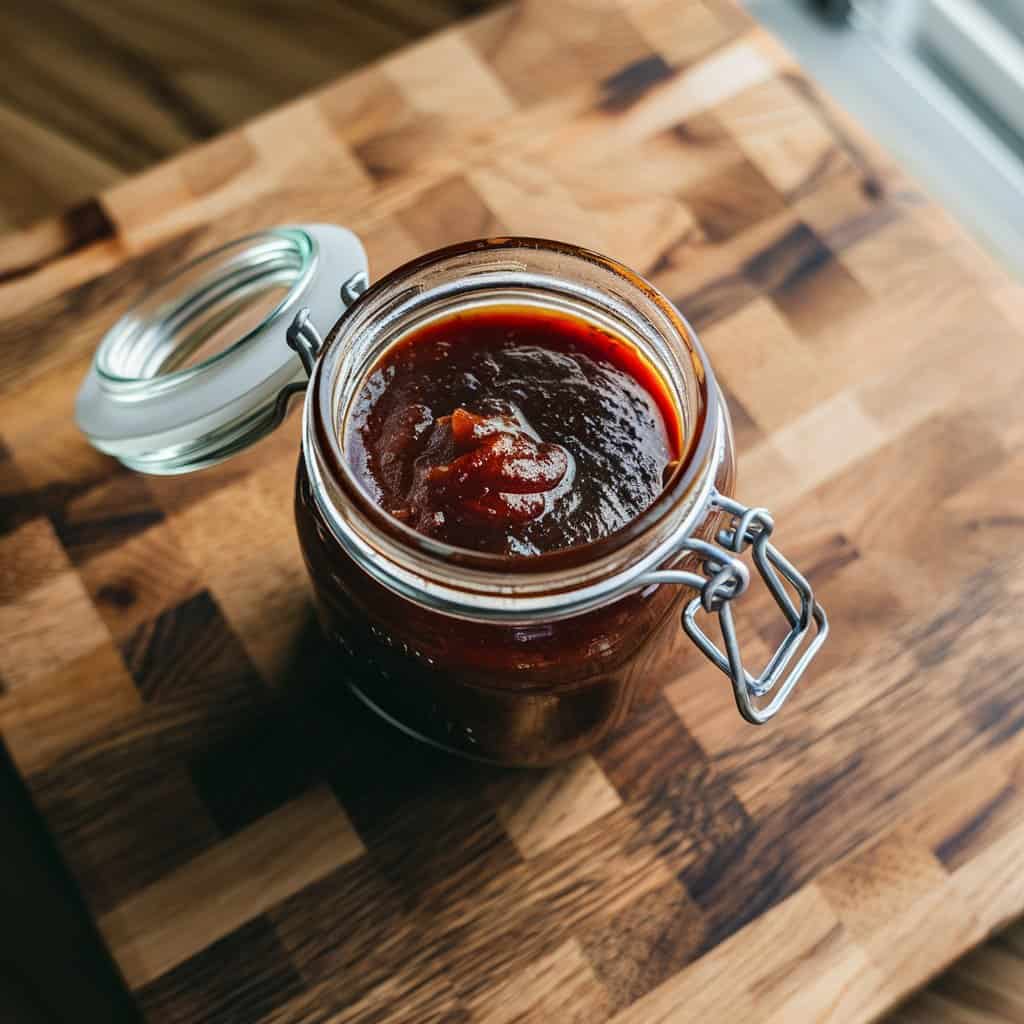

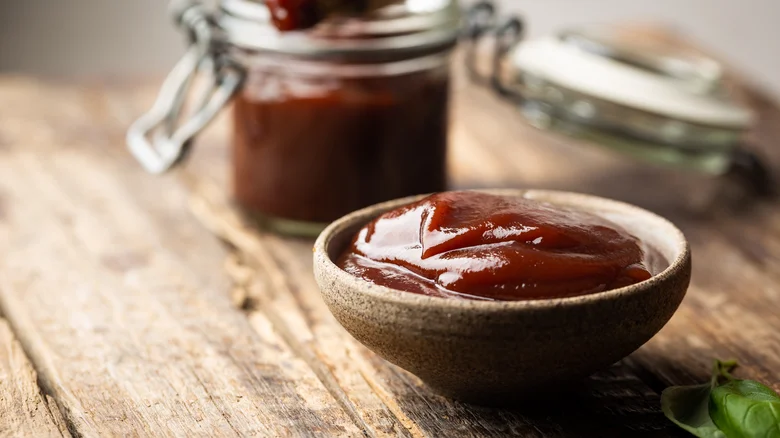
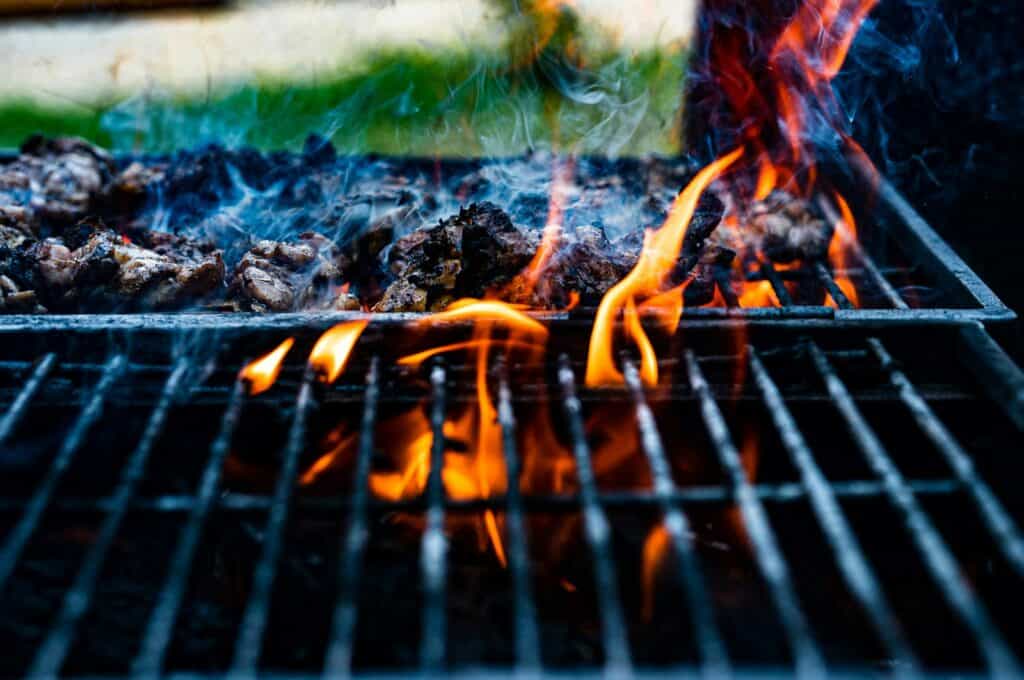
:max_bytes(150000):strip_icc():format(webp)/almond_flour_pizza_crust-10-b05a84f1af1e44c7a4cc55734e127825.jpg)
